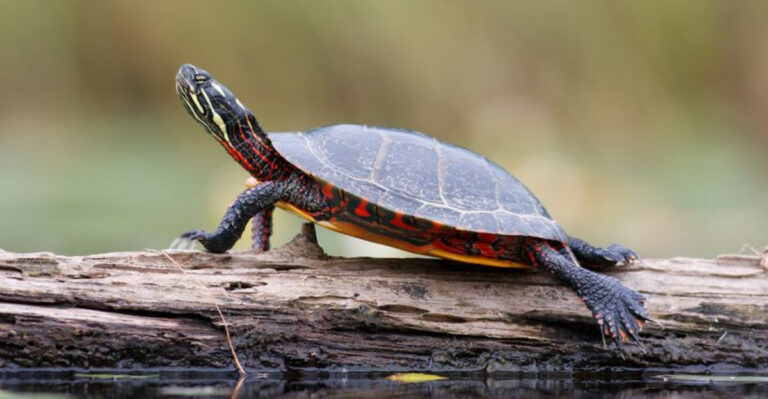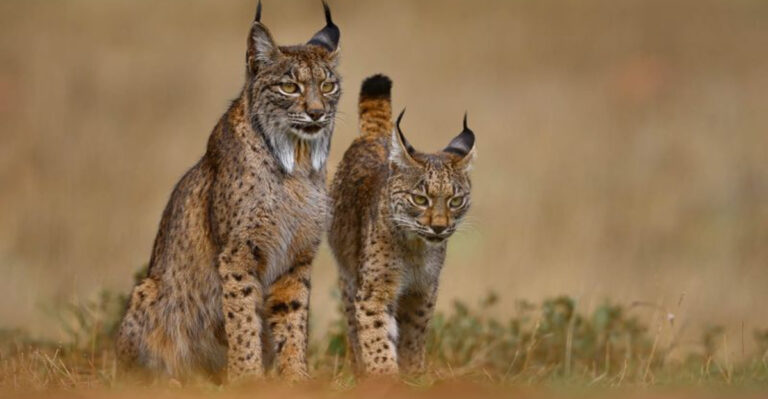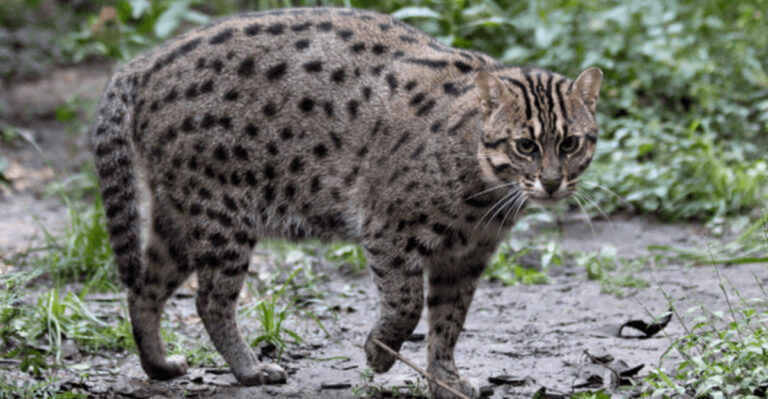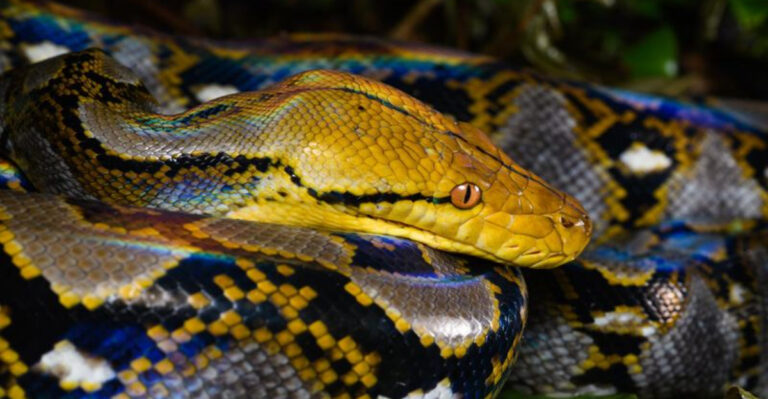Meet The Majestic Giant That Rules The Ocean
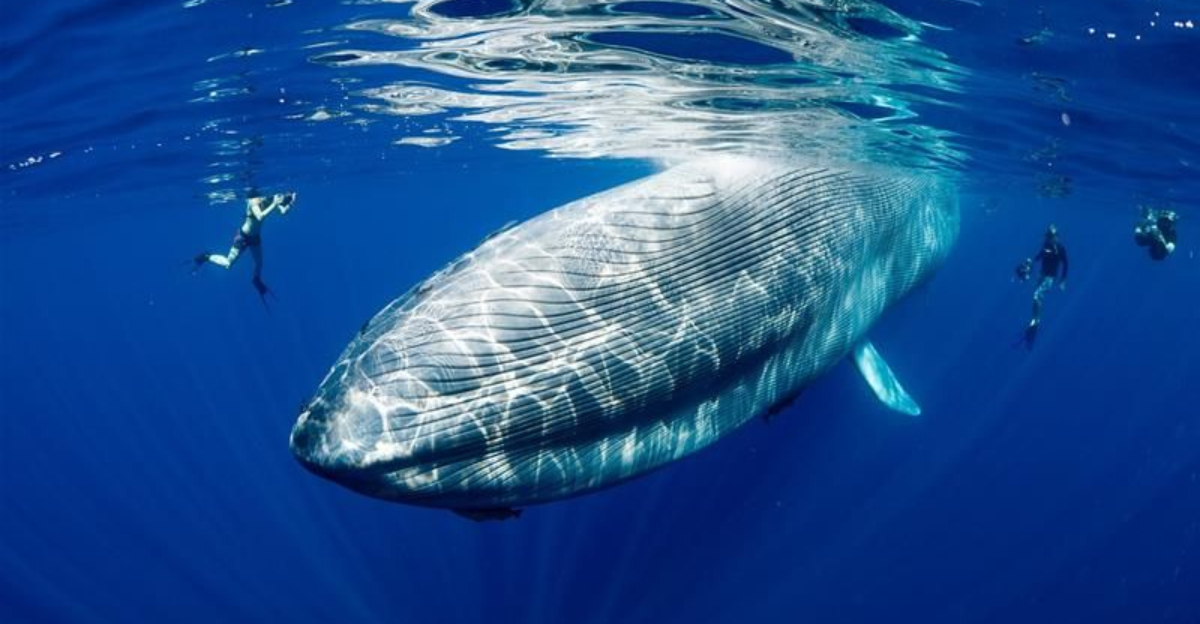
Blue whales reign supreme as the largest creatures to ever inhabit our planet. These magnificent marine mammals glide through ocean depths with surprising grace despite their colossal size.
Their existence represents both the wonders of evolution and the critical importance of ocean conservation, as these gentle giants continue to captivate our imagination while fighting for survival in changing seas.
1. The Largest Animal Ever
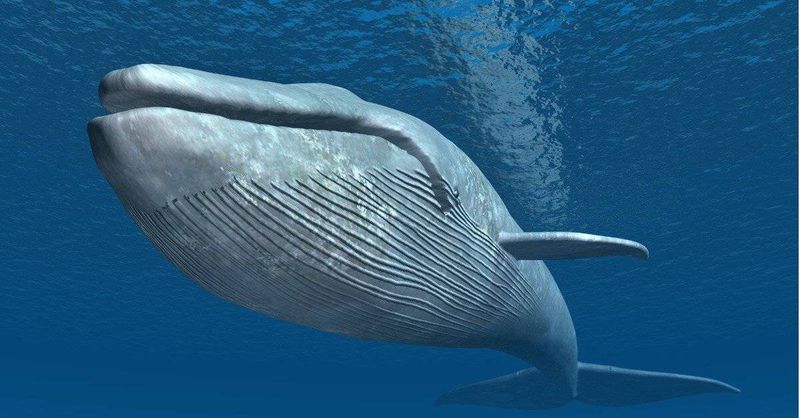
Nothing on Earth compares to the blue whale’s massive frame. These ocean behemoths stretch longer than three school buses placed end-to-end and outweigh even the heaviest dinosaurs that once roamed our planet.
Scientists believe they’ve reached the biological limit of how large an animal can physically grow while still functioning. Their enormous size developed as an adaptation to efficiently store energy for long migrations.
2. A Heart The Size Of A Small Car
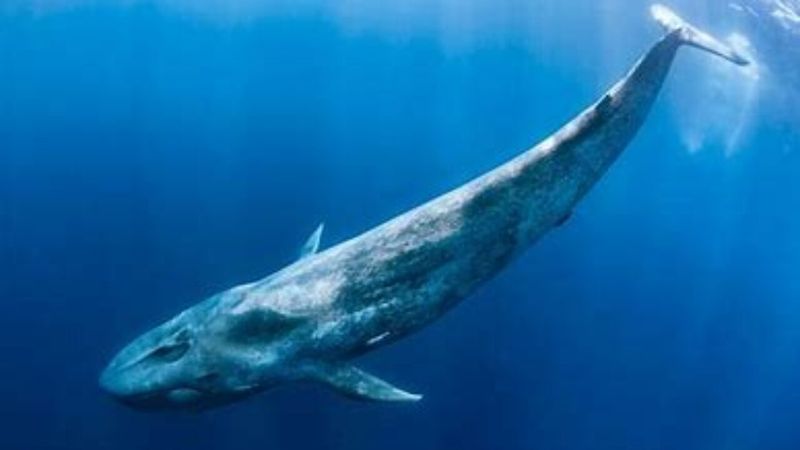
Pumping 220 pounds of blood through a massive body requires extraordinary cardiac power. A blue whale’s heart beats just 4-8 times per minute – remarkably slow compared to our own racing hearts.
When scientists finally examined a preserved blue whale heart in 2015, they were astounded. This biological marvel creates enough pressure to push blood through arteries so large a child could swim through them.
3. Their Tongue Weighs As Much As An Elephant
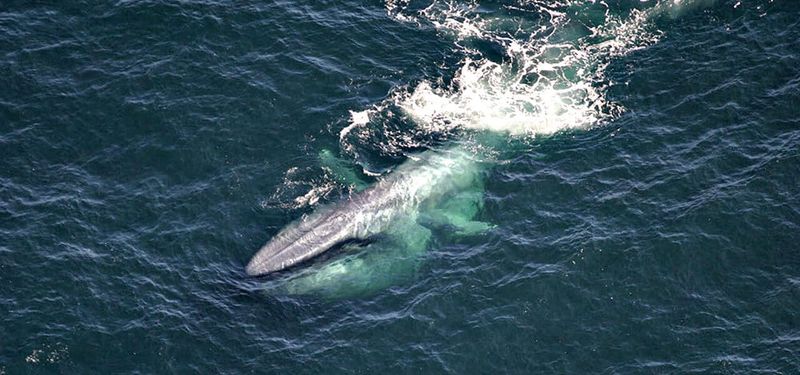
Imagine an entire African elephant sitting on a scale – that’s approximately what a blue whale’s tongue weighs! This massive muscular organ helps manage the complex filtering system whales use to feed.
Unlike many large predators with sharp teeth, blue whales possess this enormous tongue to help manipulate water flow during feeding. It works alongside specialized throat pleats that expand like an accordion when gulping water.
4. Masters Of The Deep, Yet Gentle Giants
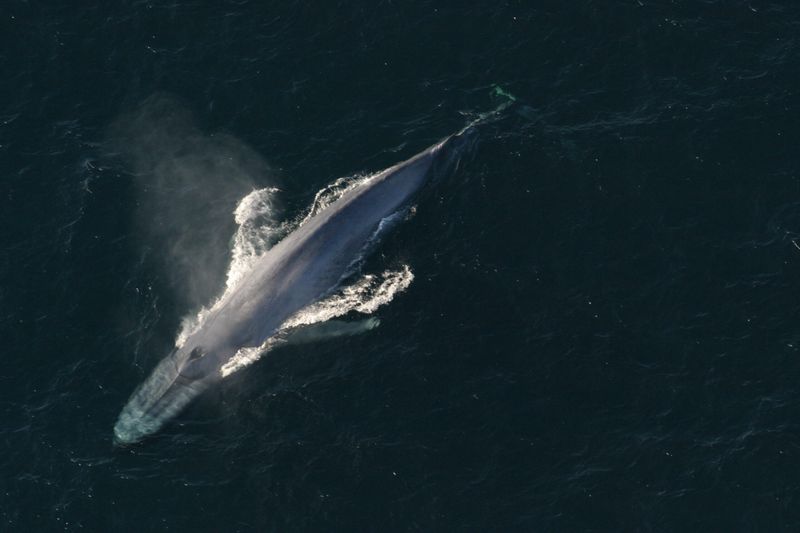
Blue whales command respect through sheer size alone, yet their diet consists entirely of some of the ocean’s smallest creatures. They’re filter feeders specializing in tiny shrimp-like krill that float in dense swarms.
During peak feeding season, a single whale consumes nearly 40 million krill daily. This fascinating contrast between predator and prey size represents one of nature’s most remarkable evolutionary relationships.
5. Their Calls Are Louder Than Jet Engines
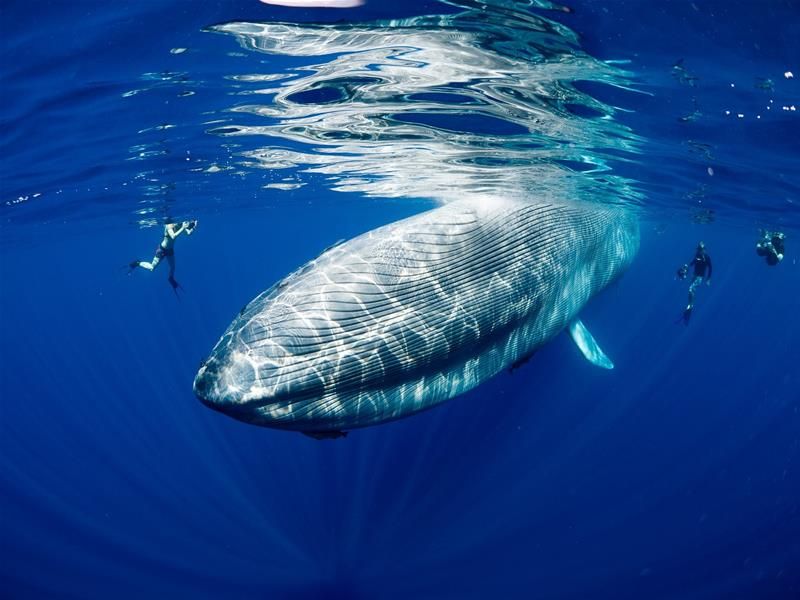
Communication across vast ocean distances requires extraordinary volume. Blue whale vocalizations reach an astonishing 188 decibels – louder than a jet engine at takeoff and among the loudest biological sounds ever recorded.
These low-frequency rumbles travel incredible distances underwater. Scientists believe whales use these sounds not just for communication but potentially for navigation and even to stun prey. Each population has distinct vocal patterns, like underwater dialects.
6. Ocean Nomads That Travel Thousands Of Miles
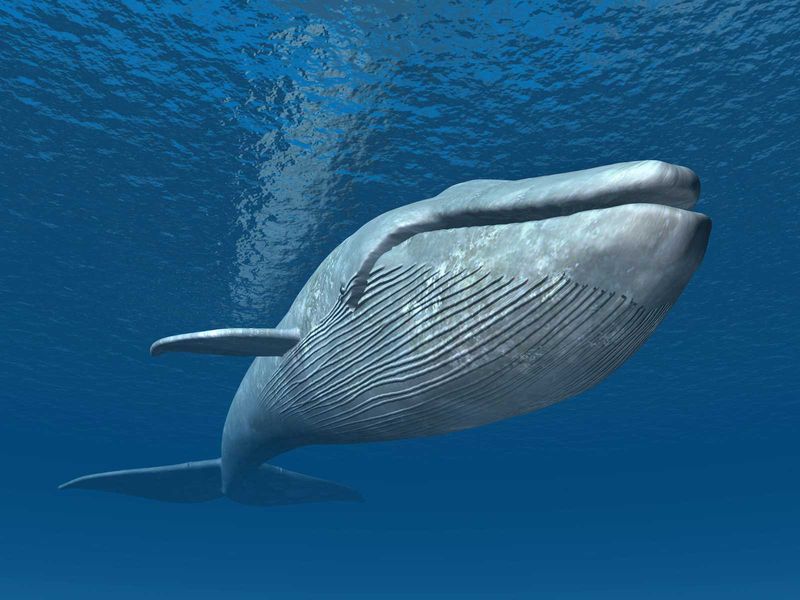
Few creatures undertake journeys as epic as blue whales. Their annual migrations span from cold, food-rich polar waters to warmer equatorial breeding grounds where they give birth to their young.
These marathon swimmers navigate with remarkable precision despite ocean currents and changing conditions. Scientists tracking individual whales have documented round trips exceeding 10,000 miles, equivalent to crossing the United States more than three times.
7. Blue Whales Live Long Lives
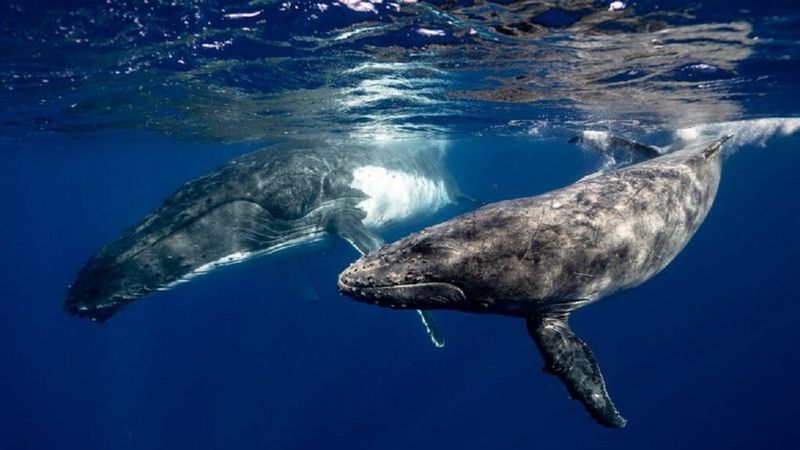
Time moves differently for these ocean giants. Researchers estimate blue whales typically live 70-90 years, though determining exact age remains challenging.
Their longevity rivals our own human lifespan. Scientists use earwax plugs (yes, whales have earwax!) to count growth layers like tree rings, revealing not just age but lifetime chemical exposure. Some individuals swimming today were born before World War II.
8. Once Hunted To Near Extinction
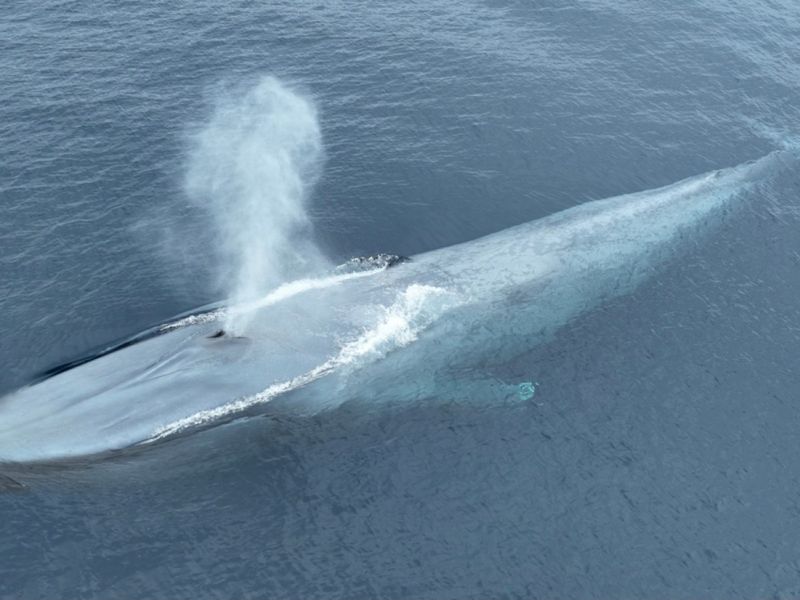
The 20th century nearly witnessed the complete disappearance of blue whales. Industrial whaling operations targeted these magnificent creatures for oil, meat, and various commercial products.
Before hunting began, approximately 350,000 blue whales roamed our oceans. By the 1960s, fewer than 5,000 remained worldwide. This catastrophic population collapse represents one of the most severe examples of human impact on marine megafauna.
9. Still Endangered, But Slowly Recovering
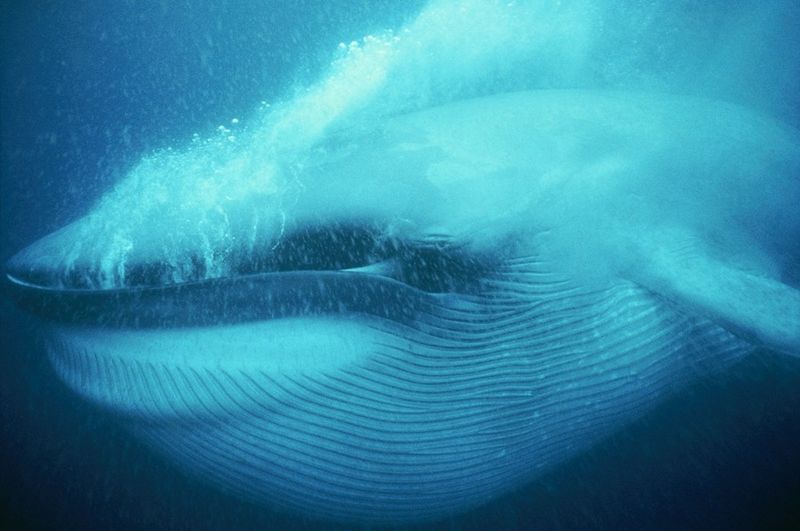
Hope floats for blue whales today! Since the 1966 international whaling ban, populations have shown encouraging signs of recovery. Current estimates suggest approximately 10,000-25,000 blue whales now swim Earth’s oceans.
Recovery remains fragile and uneven across different regions. Antarctic populations struggle most, while North Atlantic groups show more promising growth. Modern threats include ship strikes, noise pollution, climate change, and entanglement in fishing gear.
10. Each Whale Has Unique Pigment Patterns
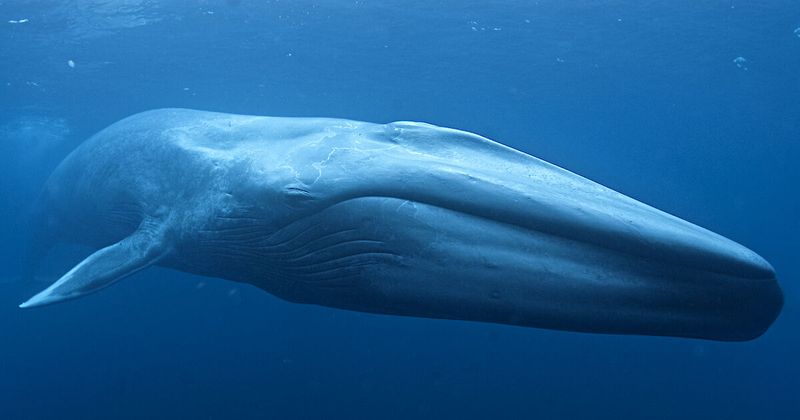
Nature’s fingerprinting system extends to these ocean giants. Every blue whale displays distinct mottled patterns of lighter spots and patches against their slate-blue skin, especially along their backs and sides.
Researchers photograph these markings to identify individuals without invasive tagging. This natural identification system has revolutionized population studies. Catalogs containing thousands of unique whale IDs help scientists track migration, social relationships, and reproductive success.
11. Vital For The Ocean’s Ecosystem
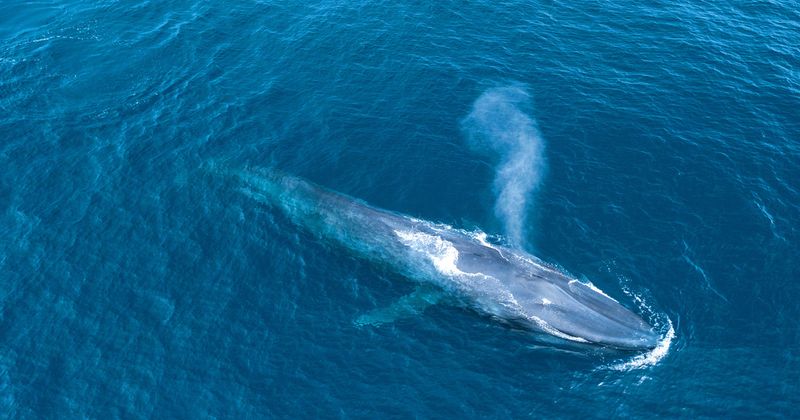
Blue whales serve as mobile ecosystem engineers. Their massive bodies transport nutrients across ocean layers through a process scientists call the “whale pump.”
When they feed in deep waters and release waste near the surface, they fertilize phytoplankton growth. These microscopic plants absorb carbon dioxide and produce oxygen. A single whale sequesters carbon equivalent to thousands of trees, making them unexpected allies in climate regulation.
12. Blue Whales Breathe Like Us – With Massive Lungs
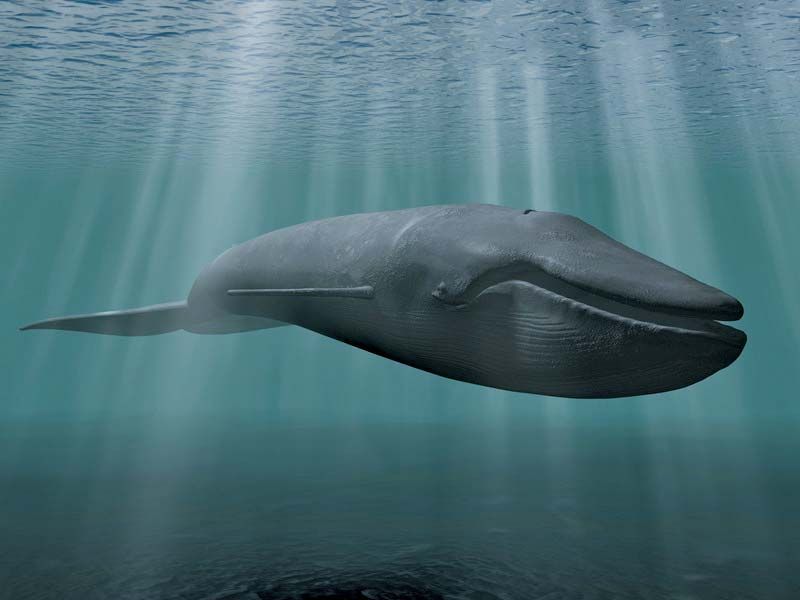
Unlike fish, these marine mammals must return to the surface to breathe air. Their twin blowholes spray exhaled breath up to 30 feet high, creating the distinctive heart-shaped mist visible from boats.
Blue whale lungs hold a staggering 5,000 liters of air—about the volume of a small car’s interior. This massive capacity allows them to stay submerged for 15-20 minutes while foraging in deep water.
13. Awe-Inspiring Encounters With Humanity
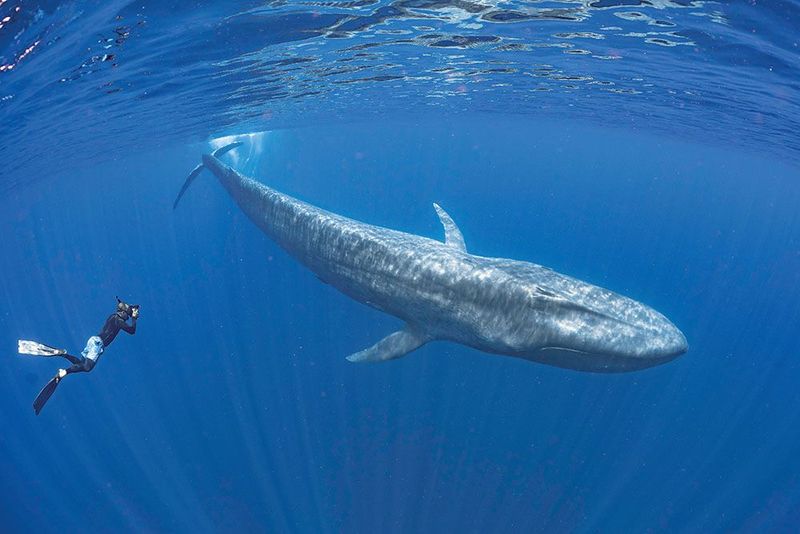
Few wildlife experiences match witnessing a blue whale in its natural habitat. Whale watching has evolved into a sustainable alternative to hunting, generating over $2 billion annually worldwide while fostering conservation awareness.
People describe seeing these creatures as transformative. Their massive yet graceful presence reminds us of nature’s boundless wonders. Many observers report profound emotional responses—a mixture of joy, humility, and responsibility toward protecting these ocean ambassadors.


